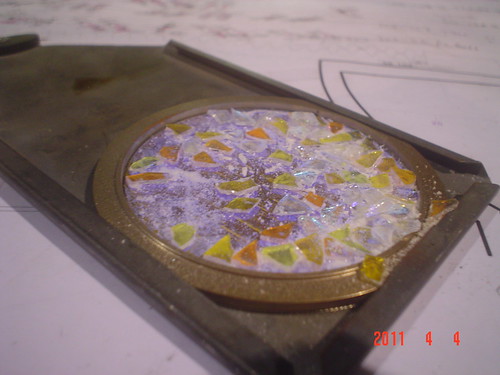CrazyTechie
Well-Known Member
So for our production of Equus at my college I was given the task of ME. Well the light plot called for some glass gobos to be used in some 360Q 6x9's. It wasn't too long into rehearsals we started having some problems with the gobos falling apart like so:

So my question is, why does this happen in a 360Q but not in a S4? All the ones in the S4s were still in perfect condition when I took them out to put away today.

So my question is, why does this happen in a 360Q but not in a S4? All the ones in the S4s were still in perfect condition when I took them out to put away today.


